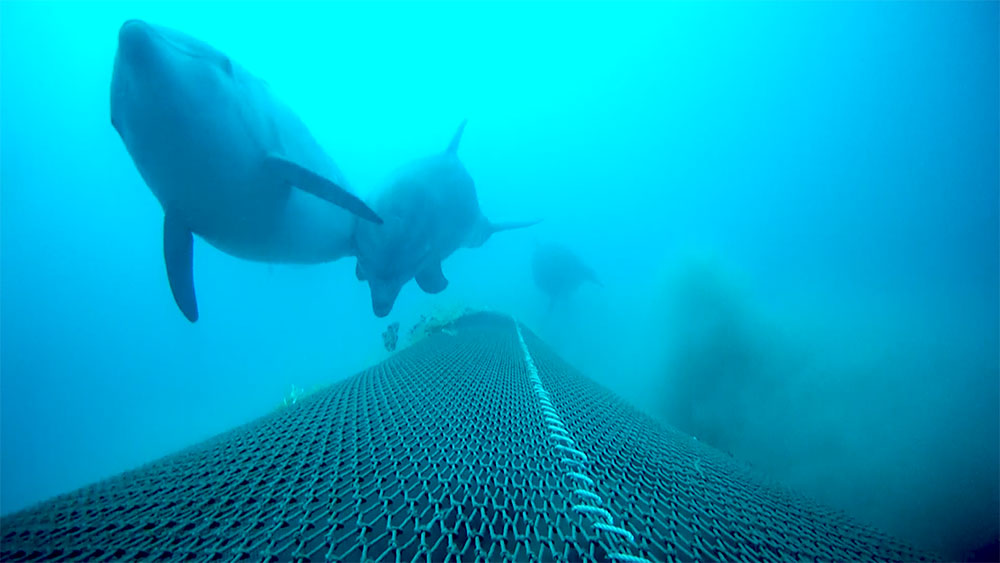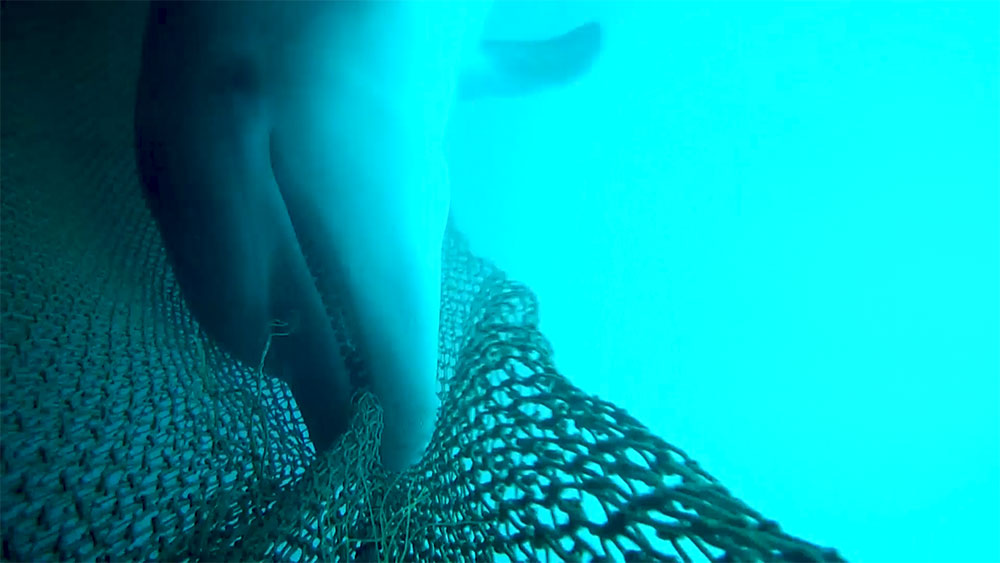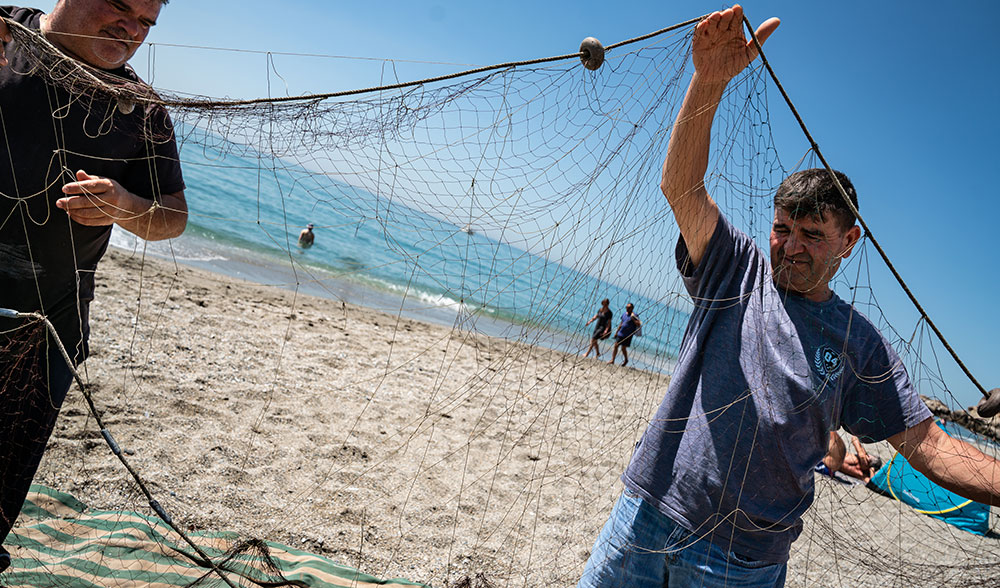Mitigation solutions aim to reduce dolphin depredation in the Mediterranean

Dolphins are known around the world for their intelligence and their curiosity.
Across the Mediterranean Sea, they approach fishing vessels and attempt to remove catch directly from fishing gear. The phenomenon is called depredation, and has been a growing concern for fishers over the last few decades. Dolphins, meanwhile, risk injury and even death as they can get entangled or entrapped, with implications for the species’ long-term survival.
For fishers dealing with declining fish stocks, dolphins pose a risk to their livelihoods, as depredation impacts both gear and capture, significantly lowering values and fisher revenues.

Small-scale fishers recovering the net in Aci Castello, Catania, Sicily) ©GFCM/Claudia Amico
Understanding and mitigating depredation has become a priority for many organizations. The Agreement on the Conservation of Cetaceans of the Black Sea, Mediterranean Sea and contiguous Atlantic area (ACCOBAMS) and FAO’s General Fisheries Commission for the Mediterranean (GFCM), together with the Specially Protected Areas Regional Activity Centre of the United Nations Environment Programme/Mediterranean Action Plan (UNEP/MAP- SPA/RAC) and Low Impact Fishers of Europe (LIFE), ran a project in five Mediterranean countries between 2018 and 2022.
“It is an important issue for ACCOBAMS because the impacts caused by dolphins can undermine efforts towards the conservation of the cetaceans themselves,” says Célia Le Ravallec, ACCOBAMS Programme Officer. “The objective is to find solutions that will allow fishers to limit the economic impacts they suffer, while also ensuring the conservation of dolphins.”
As part of the project, fishers and scientists tested various mitigation solutions. In Tunisia, Spain and Malta, they used acoustic and visual pingers, aimed at deterring dolphins from approaching the fishing gear. In Morocco, the focus was on strengthening the net itself, so that it could better withstand dolphin interactions.

Paolo Carpentieri, GFCM Fishery Resources Monitoring Specialist, out at sea during the pilot programme on depredation ©GFCM/Claudia Amico
In Italy, a national partner to the project extensively tested an alarm system that can warn fishers when dolphins are close to their boats, so that they can pull their nets out of the water and avoid any interaction.
The project was funded by the MAVA Foundation, which supports conservation projects in the Mediterranean and other parts of the world.
It looked at assessing when and where interactions occur, to better document dolphin behavior and their reaction to particular types of fishing gear, while determining the economic losses suffered by fishers, and ultimately sought solutions to reduce this phenomenon.
The socioeconomic impacts of damaged fishing gear and lost catch create conflicts between fishers and dolphins, undermining the conservation and sustainability efforts promoted by regional organizations.


Depredation occurs when dolphins approach fishing vessels and remove parts of the catch ©GFCM/Claudia Amico
“We designed a protocol, which allows for replicability and comparisons among fisheries across the region to facilitate and improve data collection in a harmonized and standardized way,” says Paolo Carpentieri, GFCM Fishery Resources Monitoring Specialist, who developed the methodology.
“This process will be realized through onboard observations, questionnaires at landing sites and self-reporting activities.”
The protocol provides a means for sharing knowledge, information and evidence for subsequent decision-making.
Input from fishers is also vital. They are an important source of information on dolphin behaviour and their interactions with fishing activities, given their knowledge of local resources, fishing practices and the marine environment.

Small-scale fishers showing damages on the net by dolphins in Nerja, Malaga, Spain ©GFCM/Claudia Amico
Efficient reporting and monitoring of depredation will enable scientists, conservationists and administrators to obtain a more complete overview of the situation and to set priorities for action and better management. The GFCM has issued methodologies to help improve data collection on dolphin depredation.
While no mitigation technique is foolproof and depredation cannot be stopped altogether, some of the solutions show real promise.
